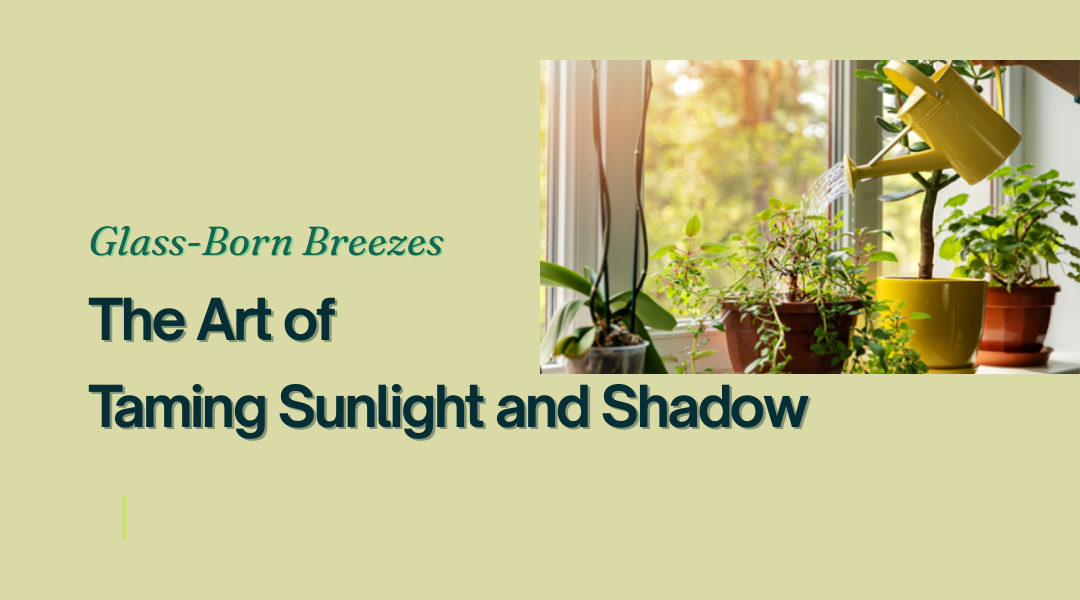Light in a greenhouse isn’t just about brightness—it’s about conversation. Your plants are constantly talking through their leaves, telling you when they’re soaking up rays happily or begging for respite. Get this dialogue right, and you’ll witness growth so vigorous it feels like your plants are trying to escape their pots.
Why Light Isn’t Just About “More = Better”
Plants use light like chefs use heat—some need a quick sear, others a slow roast. That tomato seedling stretching toward the window? It’s screaming for more photons. The orchid with bleached leaves? It’s basically waving a white flag of surrender.
The magic happens in the details:
- Morning light is gentle, like a warm-up stretch
- Midday sun delivers the main energy punch
- Afternoon rays can turn brutal, like overcooking a steak
Harnessing Natural Light Like a Pro
Orientation is everything:
A south-facing greenhouse catches light like a solar panel, but that’s not always practical. If you’re stuck with east-west exposure:
- Morning sun lovers (like lettuce) go on the east side
- Heat-tolerant plants (peppers, tomatoes) claim the west
Reflective tricks:
- Paint walls white or hang aluminum foil (yes, really) to bounce light into dark corners
- Use mirrors strategically—just don’t create death rays that fry your ferns
When the Sun Plays Too Rough
Some plants burn easier than a redhead at the beach. Your shading toolkit:
The Quick Fixes:
- Shade cloth: The SPF 50 of plant protection. 30% density for most veggies, 50%+ for delicate orchids
- Old window screens: Free, adjustable, and surprisingly effective
The Permanent Solutions:
- Plant a deciduous tree nearby—nature’s automatic dimmer switch
- Install retractable blinds (the greenhouse equivalent of transition lenses)
Artificial Light: Your Winter Lifeline
When December sunlight is as weak as decaf coffee, grow lights become your secret weapon:
LED vs. HPS Smackdown:
- LEDs run cooler (no fried leaves) and last longer
- HPS bulbs give that extra “kick” fruiting plants crave
Pro placement tips:
- Hang lights no more than 12″ above seedlings
- Rotate plants weekly—light distribution matters more than you think
- Use timers to mimic natural dawn/dusk transitions (plants appreciate the routine)
Reading Your Plants’ Light Language
They’re talking—you just need to listen:
- Leggy growth = desperate light grab
- Yellowing leaves = light starvation
- Brown crispy edges = solar overdose
- Purple stems (on some plants) = light stress signal
The Golden Rule:
Adjust one variable at a time. Change your shading setup? Wait 3 days before tweaking watering. Your plants need stability more than perfect conditions.
Final Thought: Light as a Living Thing
Treat light like the dynamic force it is—some days it pours in like a flood, other days it trickles. The best greenhouse keepers develop a sixth sense for these shifts, adjusting their plants’ exposure like photographers tweaking aperture. Master this, and you’ll never look at a sunny day the same way again.
